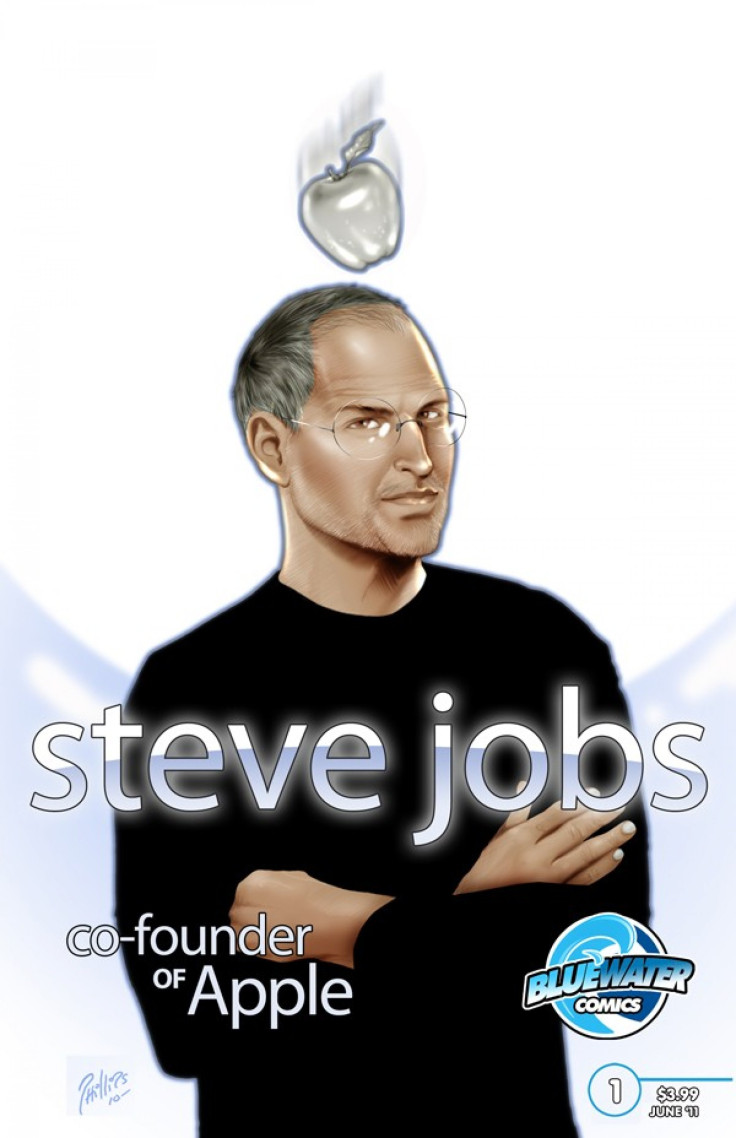Already No.1, iPhone 5 will Make Apple Hard to Catch
Smartphone Industry Analysis

Apple out-sold and out-profited smartphone rivals in the second quarter this year using phones it introduced at least a year ago, but its upcoming iPhone 5 may push the company out of reach.
Apple's "old" iPhone 4, already 12 months old, is surprisingly still selling strongly at U.S. carriers.
At AT&T, the iPhone is the most recommended device, while the Samsung Infuse and the HTC Inspire 4G top the list of Android models pushed. But iPhone sales outstripped Android and other non-iOS device sales by a margin of two-to-one.
Non-iPhone sales dominated Verizon however, giving the two carriers 7.1 million non-iPhone sales and 5.9 million iPhone sales respectively.
Its these kind of sales that pushed Apple to No.1 in the second quarter.
"Now, just four years after the release of the original iPhone, Apple has become the world's largest smartphone vendor by volume with 18 percent market share," says Strategy Analytics analyst Alex Spektor. "Apple's growth remained strong as it expanded distribution worldwide, particularly in China and Asia."
Apple raked in two-thirds of the total industry profit and is set up for a good second half as some consumers who are on the fence get lured in by new unveilings, such as the expected next version of the iPhone: the iPhone 5, according to Morgan Keegan's Tavis McCourt.
And Experian's surveys indicate the same. Some 35 percent of 3,000 U.S. consumers said they would buy the iPhone 5 upon its release, and nearly 48 percent prefer Apple's iOS platform to alternatives such as Google Android or BlackBerry.
The Wall Street consensus expects Apple to move nearly 17 million of its venerable iPhone 4 phones this quarter but Sanford Bernstein's Toni Sacconaghi says the Street is not taking into account the slowdown due to the upcoming iPhone 5.
Sacconaghi sees a "wide range" of possible unit volume numbers for that fiscal Q4, from 13.1 million units to 20.7 million units, depending a lot on timing of the iPhone 5.
"In the best case, the iPhone launches in the first weekend of September and iPhone sales until then decline only 15 percent quarter for quarter," he said.
"The launch weekend could see three million iPhone sales (compared to 1.7 million last year, when the iPhone launched in five countries that accounted for a then estimated ~60 percent of iPhone sales), given the boost from Verizon this year, where we expect the iPhone to launch simultaneously.
"We expect the post-launch weekend run-rate to drop by half and then continue to drop until it stabilizes at 20 percent global smartphone share at the end of the quarter."
Aggressive Competition
South-Korea's Samsung Electronics has emerged as the only company that could challenge Apple, after Nokia fell to No. 3.
Samsung reported its earnings Friday morning, and while not breaking out unit volume, Strategy Analytics estimates Samsung shipments grew 520 percent annually, for 17 percent of the global smartphone market share.
"Although Apple's 142 percent YoY [year-on-year] growth placed it as number one this quarter, Samsung's 500 percent YoY growth shows that going forward, the top smartphone OEM position is Samsung's to lose," ABI Research Senior Analyst Michael Morgan commented.
Much of this growth could be attributed to its latest flagship smartphone, the S2.
In July, the phone officially celebrated three million units sold globally, a number it achieved in just 55 days, while Korean press indicated the phone passed five million units by the end of the month.
It has also been the top seller for 17 consecutive weeks in United Kingdom, where Samsung first launched Galaxy S2 and recently surged to rank No. 1 in Austria as well, in terms of smartphone market share.
Apple has fended off rivals with better hardware in the past with a hard-to-beat ecosystem of products and services that complement each other. Come the S2 launch in the U.S. -- expected later this year -- time will tell if that formula still works.
Losers
Overall Samsung shipped 19.2 million total units for the quarter, slightly less than Apple's 20.3 million units shipped of the iPhone, announced last week.
The big loser this quarter was the previous mobile industry stalwart Nokia.
"Having become the first ever vendor to ship 100 million smartphones in a single year during 2010, long-time leader Nokia has slipped two places in our rankings in Q2 2011," Spektor explains.
"The vendor's 15 percent global smartphone market share is less than half of what it was just one year earlier, as the industry awaits Nokia's pending transition to Windows Phone 7."
Generally, the environment was good for the industry, as global smartphone shipments grew an impressive 76 percent annually to reach a record 110 million units in the second quarter of 2011.
See also: Winners and Losers of Q2 Smart Phone Battle
© Copyright IBTimes 2024. All rights reserved.











